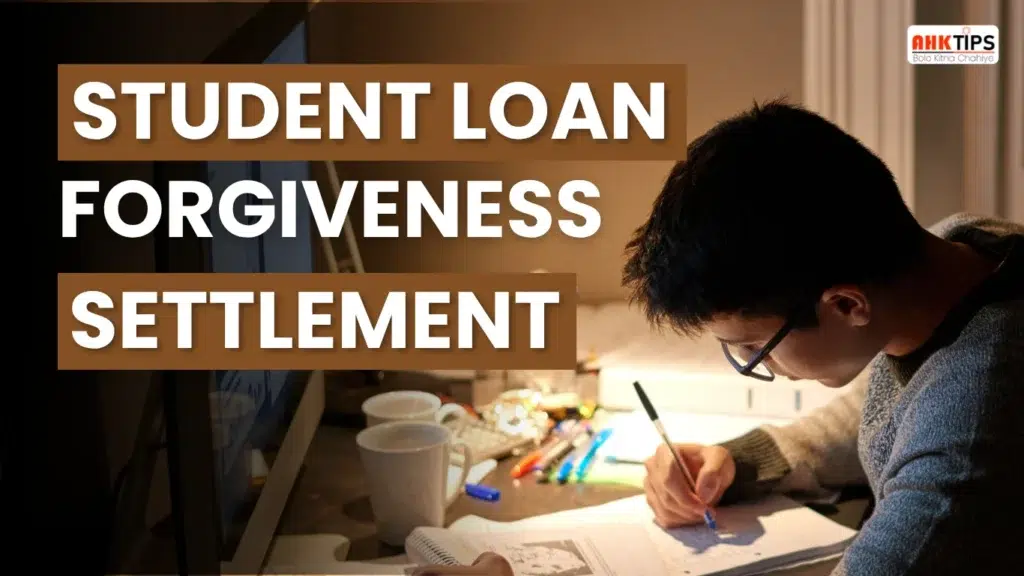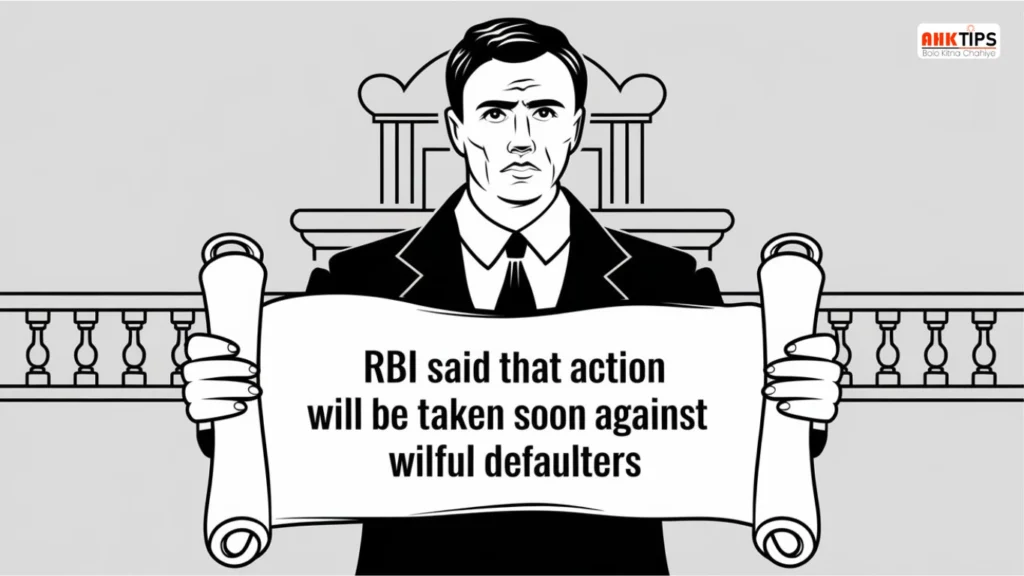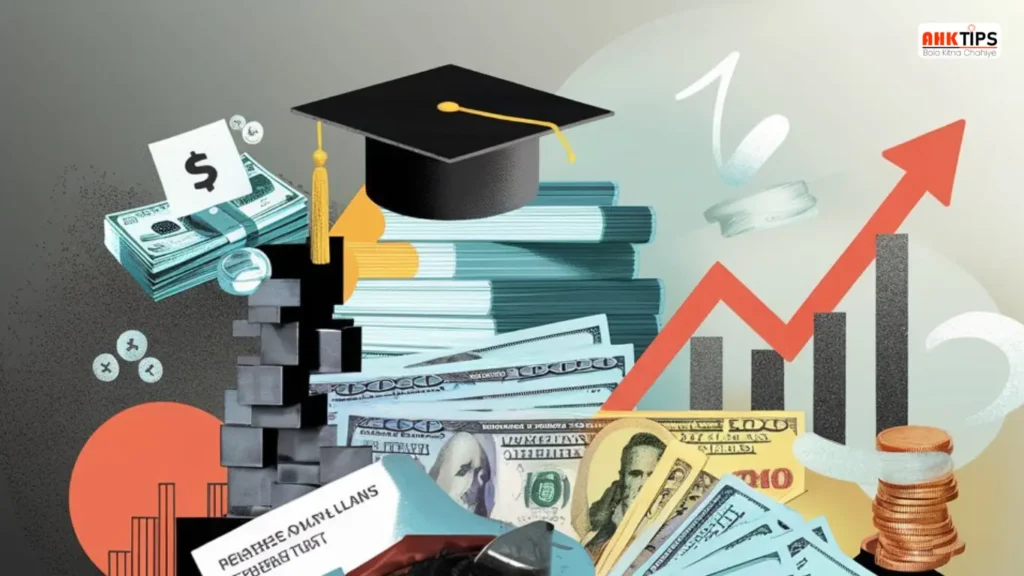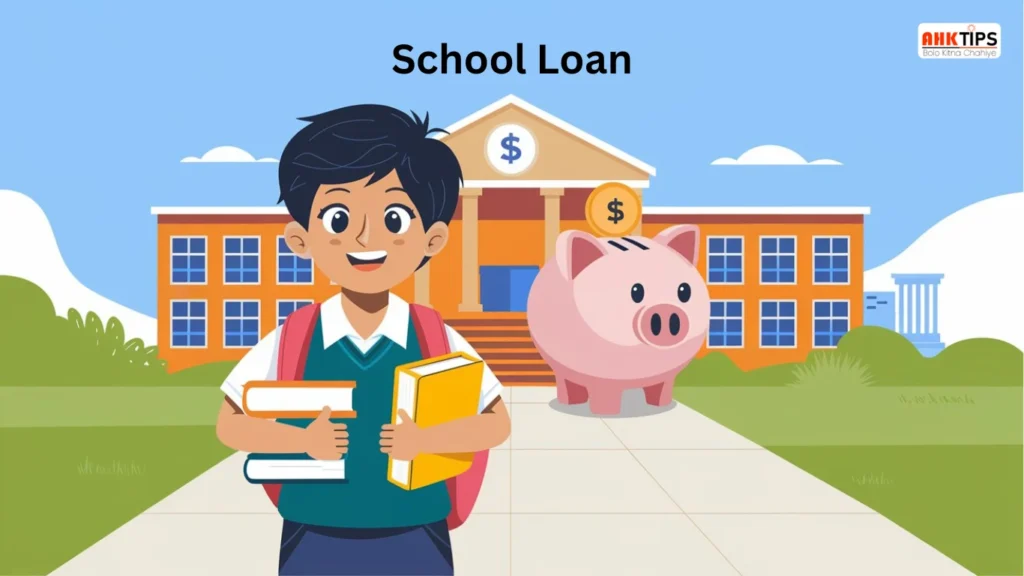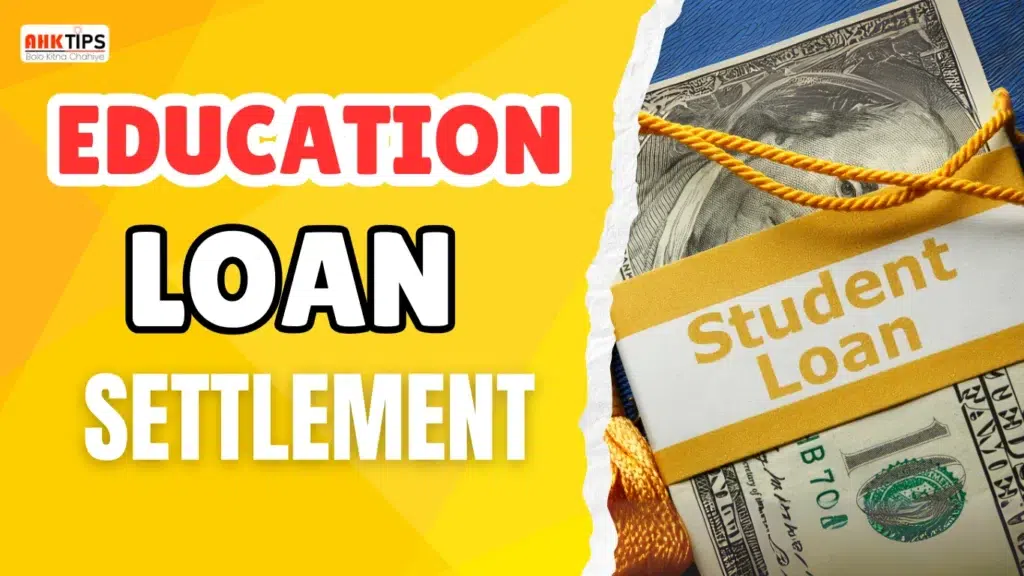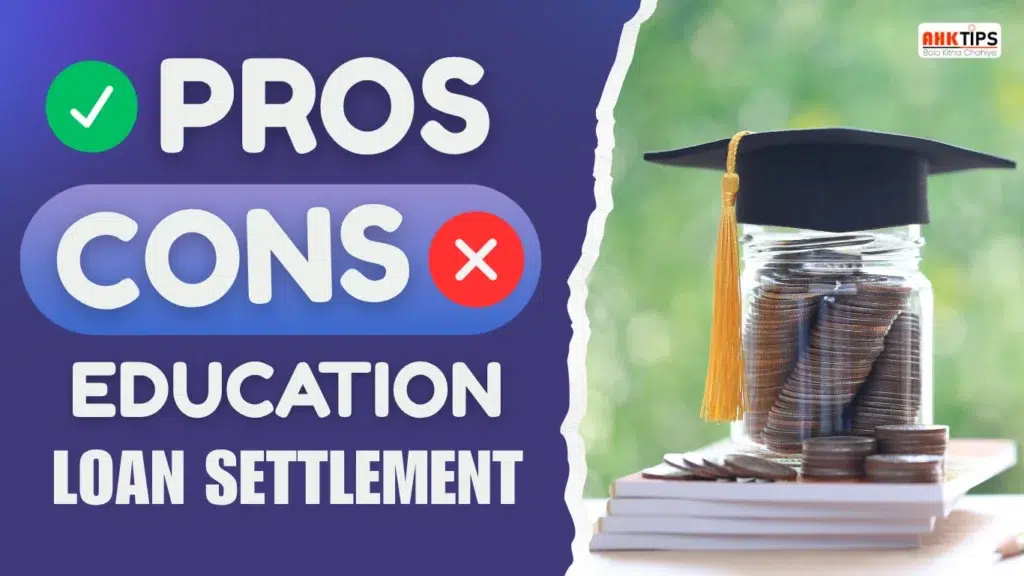Summary
The pandemic has resulted in massive changes to student loan policies across the world. And as governments reacted, relief came in the form of moratoriums on payments and interest, transitions back to repayment but with flexible options, new income-based repayment plans and a new innovative model, SAVE. There were expanded loan forgiveness programs, especially for public service workers, teachers and borrowers defrauded by institutions. And in India, for distressed borrowers, student loan settlement may be an option even though it impacts your credit scores. Student loan settlement means that you pay with a reduced settlement amount to close the loan, but your credit report may have a “settled” report. Conversely, government-backed loan forgiveness would have no negative impact on your credit scores. Distressed borrowers should be cautious of the long-term impacts of student loan settlement and evaluate options like restructuring or subsidies before considering settlement.
Introduction
After the pandemic, the repayment policies for student loan settlements shifted dramatically, which provided relief for some borrowers. The pandemic resulted in many students and other professionals losing their jobs or fighting reduced pay, which inhibited repayment of their education loans. In some cases, it led to total defaults. Governments and banks intervened with moratoriums on loans, freezes on interest, flexible repayment plans, and other repayment programs. The intent was to lessen the financial burden and allow a smoother recovery. New or enhanced repayment options were introduced that included income-based programs and updated programs for PSLF and IDR. Loan forgiveness became more manageable for teachers, for public employees, and misled school borrowers. In some cases, allowed settlements became an option for struggling borrowers. Borrowers needed to understand all of these changes, especially those about settlements.
What Changed in Student Loan Policies After the Pandemic?
The pandemic affected the way schools work and the way money is handled throughout the world. One important difference was how to handle and pay back college loans. A lot of adjustments were made by governments to benefit students and those who borrow money. This page will educate you about the most important changes to student loan policies since the pandemic, such as moratoriums, revisions to repayment plans, and targeted relief programs.
Extended Moratorium and Interest Freeze
Payment Pause During the Pandemic
To safeguard borrowers during the recession, most governments stopped student loan payments. This allowed borrowers to stop paying for a brief period without having to pay any costs. The debt didn’t grow during this time because interest was likewise stopped.
This break in payments helped a lot of students and working adults meet their other financial demands during tough times.
Gradual Restart of Payments
After the embargo period was over, payments started up again in stages. The authorities set up a transition period to avoid fines for late payments during the restart phase. People who had borrowed money were told to progressively start paying payments again, and there were some ways to help them do this.
Updated Repayment Plans
Introduction of Income-Based Options
The pandemic adjusted income-driven repayment (IDR) arrangements to better meet the borrowers’ financial realities. These systems enable borrowers alter how much they pay each month based on how much money they make and how many people live with them.
The new rules make it easier for people to sign up for loans, and in some cases, their income is reviewed automatically. These plans also help people pay off their debts faster, which is especially helpful for people with lower incomes.
Launch of New Repayment Models
Some places and countries come up with innovative, easier, and more personal ways to pay back loans. These models decrease the risk of default by making sure that borrowers only pay what they can afford. One example is the SAVE plan. It protects borrowers from rising interest rates as long as they make their payments on time and lowers their monthly costs.
Loan Forgiveness Programs Expanded
Targeted Forgiveness for Specific Groups
A lot of student loan forgiveness programs grew after the outbreak. those with disabilities that last a lifetime, those who were cheated by institutions, and public sector workers all had new ways to get out of debt.
The requirements were also adjusted so that more types of payments might count toward forgiveness. This includes payments received during forbearance and on terms that aren’t normal.
Better ways to forgive public service loans
People could get the Public Service Loan Forgiveness (PSLF) program more easily because to new restrictions. People who borrowed money before were often turned down for forgiveness because of tiny issues. The new policy looks at more types of loans and payments, giving thousands of people a new chance to qualify.
Changes in Loan Default and Collection
Start of Collection Activities Again
After a long pause, governments resumed collecting on debts that had gone bad again. People who were behind on their loan payments were encouraged to phone their loan servicers to keep their wages from being garnished or their tax returns from being stolen.
But there were also new options, like Fresh Start, that may help people who were behind on their payments get back on track and restore their credit score.
Key Takeaways for Borrowers
If you’re still not sure what happened to student loan rules after the pandemic, the fact is that they were more flexible, helpful, and improved. Stopping payments, improving forgiveness programs, and changing repayment plans are among the changes that are supposed to make life easier for students and aid them in the long run. Keeping up with these changing rules is the best way to get the most out of them.
Student Loan Forgiveness Programs You Should Know
It can be hard to keep track of student loans, especially for people who are under financial stress or work in public service. Fortunately, some student loan forgiveness programs can help you lower or get rid of your loan balances. These programs are usually backed by the government or institutions and are only available to people in certain professions who are going through tough times or who have service commitments. Knowing about these choices can help you feel better and see a clearer way to get out of debt.
Public Service Loan Forgiveness (PSLF)
Support for Government and Nonprofit Employees
The Public Service Loan Forgiveness program is one of the most popular ways for students to get their loans forgiven. It is meant for people who work full-time in qualifying public service jobs, like for the government or a nonprofit organisation. After making a certain number of qualifying monthly payments under a repayment plan that meets the requirements, the rest of the balance may be forgiven.
Recent changes have made it easier to count previous payments, even those made under plans that don’t qualify, toward forgiveness. They have also made the requirements for eligibility broader.
Income-Driven Repayment (IDR) Forgiveness
Forgiveness Based on Income and Repayment History
People who borrow money and sign up for income-driven repayment plans may be able to get their loans forgiven after making payments for a certain number of years. These repayment plans take into account a borrower’s income and the number of people living in their home, which makes it easier to make monthly payments.
After twenty to twenty-five years of payments, depending on the IDR plan, the rest of the loan is forgiven. New rules also let some borrowers get forgiven sooner by making one-time changes to their accounts.
Forgiveness of Teacher Loans
Relief for Educators in High-Need Areas
This federal program may be open to teachers who work in low-income schools or certain subject areas. To get partial loan forgiveness, people who qualify must have taught full-time for a certain number of years in qualifying schools.
This program is a great choice for teachers, especially those who are just starting and want help paying off their loans quickly.
Borrower Defence to Repayment
Forgiveness for School Misrepresentation
The Borrower Defence program lets borrowers who think their school lied to them apply for loan forgiveness. This is for students who were lied to about things like job placements, program costs, or accreditation.
If approved, this program will cancel all or part of the borrower’s federal student loan and may offer more help.
Total and Permanent Disability Discharge
Loan Cancellation for Disabled Borrowers
This program forgives all debt for borrowers who are found to be completely and permanently disabled. The process has been changed to make verification easier, often using information from the Social Security Administration or a doctor’s note.
Borrowers no longer have to fill out a lot of paperwork to apply, which makes it easier and faster to get into this program.
State and Institutional Forgiveness Programs
Opportunities Beyond Federal Options
A lot of states and employers have their own programs to forgive student loans. These could be for health care workers, public defenders, social workers, or other jobs that are in high demand in areas that don’t have enough of them. Some private companies also include benefits for paying off student loans in their pay packages.
People who borrow money should check with their state’s education department and their workplace’s HR department to see if there are other ways to get their loans forgiven that aren’t widely known.
Can You Settle Student Loans in India or Abroad?
Understanding the Student Loan Settlement Process
Many students in India and other parts of the globe have been able to attend college due to the availability of student loans. However, financial challenges can sometimes make it difficult for students to make timely payments towards their loans. In these cases, some students may seek to pursue debt relief options whereby they will pay a lesser amount back in repayments. One of those options is the student loan settlement process. This article will outline whether and how settlement is possible in India, ass well as loans for international students.
What Is a Student Loan Settlement?
A student loan settlement is when the borrower talks to the lender about paying back less of the loan than they owe. This is usually given when the borrower can’t pay back the whole loan because they are having money problems or can’t work for a long time. The bank or lender agrees to close the loan by accepting a partial payment as full and final settlement.
Conditions Under Which Settlement Is Allowed
Banks and other financial institutions don’t make it easy to get settlements. Before agreeing to a settlement, the following conditions are usually looked at:
- The borrower is having a hard time with money, and it will last for a long time.
- The borrower has been out of work or in a lot of debt for a long time.
- The loan has been late for a long time.
- Reminders, notices, and follow-ups to help people get back on their feet have not worked.
Banks in India want to get back the full amount, but if they see that the loan has become a non-performing asset (NPA), they may offer a one-time settlement.
How the Student Loan Settlement Process Works
Step 1: Request Initiation
The borrower or co-borrower (usually the parents) must go to the bank in person and explain the money problems. You should send in a letter explaining the problem and proof, like losing your job, getting sick, or not having enough money.
Step 2: Bank Evaluation
The bank looks at the borrower’s history of paying back loans, the total amount still owed, and the steps taken to get the money back. The bank may decide to offer a settlement amount that is less than the amount owed, depending on its own rules.
Step 3: Negotiation
The borrower can talk about the proposed settlement amount. The two parties agree on a number, which is written down. The borrower must pay the amount in full or as agreed.
Step 4: Loan Closure
The bank gives you a No Dues Certificate and tells the credit bureau about it after you pay. But the report will show that the loan is “settled,” which could affect your ability to get a loan in the future.
International Studies Student Loan Settlement
The settlement process is the same if the loan was taken out from an Indian bank to study abroad. Indian banks still follow their own rules for recovering and settling debts. But things could get complicated if the borrower moves abroad and doesn’t pay back the loan. In these situations, the co-borrower in India is responsible.
If you borrow money from a foreign bank or lender, you have to follow the rules for settling debts in that country. These rules change and are often stricter, especially in the US and UK, where settlements are rare and long-term repayment plans are more common.
Impact of Loan Settlement on Credit Score
A student loan that has been paid off will show up on your credit report as “settled” or “written off.” This hurts the borrower’s credit score and makes it less likely that they will be able to get loans or credit cards in the future. Banks and other financial institutions see settled accounts as bad credit behaviour.
Alternatives to Student Loan Settlement
- Longer Loan Terms: Ask for longer repayment terms to lower your EMIs.
- Moratorium Extension: If you are still unemployed, ask for a longer moratorium.
- Restructuring: Before you default, ask for a loan restructuring plan.
- Government Subsidy Plans: Look for state or federal education loan subsidy plans.
Knowing how the student loan settlement process works can help you make smart choices. It may help for a short time, but you should always think about how it will affect your credit history in the long run before going through with it.
Impact of Loan Forgiveness or Settlement on Credit Score
How Does Student Loan Settlement Affect Your Credit Score?
If you can’t pay off your student loan in full, settling it can help lower your debt. But it also affects your credit score. After you settle your student loans, your credit score may go down because credit bureaus see settlements as bad marks on how you pay back your loans.
What Credit Report Shows After Settlement or Waiver
When you pay off an education loan, your lender tells credit bureaus like CIBIL that the loan is closed. But instead of saying “closed” or “paid,” it is often marked as:
- Settled: You paid less than what you owed, and the bank agreed.
- Written Off: The bank thinks it won’t be able to get the rest of the money back.
- After Write-Off Settled: After writing off the loan, some of the money was paid back.
These terms show that the borrower did not fully follow the rules for paying back the loan. These kinds of comments can stay on your credit report for a long time and lower your score.
How Much Does a Credit Score Drop After a Settlement?
The drop depends on how much was written off and how you have used credit in the past. A single settlement can lower your score by a lot, especially if the loan was big or the default period was long. The “settled” tag could make future lenders think your profile is risky.
Forgiveness vs Settlement in Credit Reports
Loan forgiveness through government programs or when the borrower dies is usually handled differently. Still, a lot of lenders call these “waived” or “written off,” which can change the score depending on how the bank sees it.
Steps to Improve Credit Score After Settlement
- Keep up with your payments on any new or existing credit.
- Ask for a secured credit card and use it wisely.
- Look for mistakes or wrong entries on your credit report.
- Don’t apply for more than one loan right after settlement.
Knowing how your credit score changes after you pay off your student loans can help you make better financial choices. Settlement may help in the short term, but it will hurt your credit in the long term.
Conclusion
The student loan settlement landscape is changing. The pandemic created new rules that are now providing borrowers with new tools to manage their debt. New repayment options, along with expanded types of forgiveness, have provided more options to borrowers in managing their debt. Loan settlement is still an option for borrowers under extreme duress, but it has a dramatic negative impact on the borrower’s credit and should be used as a last resort. When considering loan settlement, borrowers should consider restructuring, moratoriums, and government assistance first. Borrowers should understand the difference between forgiveness and settlement. Forgiveness is a better option because it will provide relief with less impact on your credit, settlement may adversely impact future borrowing. Regardless of having a loan from India or abroad, it is important to stay aware of changes to student aid policies, your rights, and repayment options.
FAQ’s
During tough times, governments helped borrowers by giving them a break on their payments and freezing interest rates.
Yes, but only in certain situations, like losing your job or having a lot of debt. But it does have an effect on your credit score.
Forgiveness clears the debt through programs that are based on eligibility and don’t hurt your credit as much. Settlement, on the other hand, involves partial repayment and hurts your credit score.
A loan can be settled, but it will show on your credit report as “settled” or “written off.” This action reflects badly on your credit and could make it harder for you to borrow money in the future.

